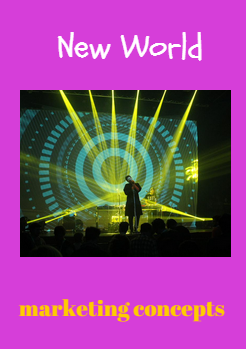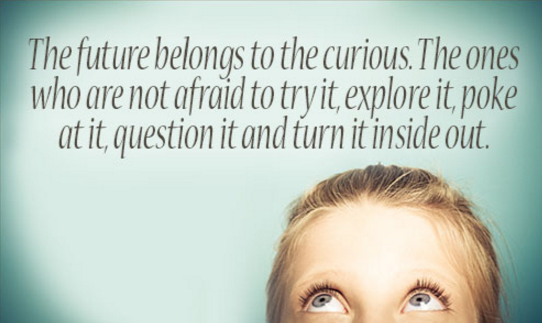Tag: ideas

Market Leader: 5 No-Nonsense Secrets to Accelerate Marketing
If you don’t have a competitive advantage, don’t compete. Good advice from Jack Welsh. New market leader? Just thinking about what it would take? Scary? Almost regardless of whom you are or what you do, you have bigger and often better competitors. The market leader. And if you have no competitive advantage, no unique selling proposition,…

Out of Curiosity: 6 Simple Ways to Use Curiosity for Marketing
Ever heard to use curiosity to kill the cat? Maybe not, but out of curiosity, we need to pay attention to use curiosity as giving marketing a lift. Have you ever given it a try? It is a great way to make things happen. Quizzes, GIFs and odd, unexpected curious stories are gaining advantages. Increasingly,…